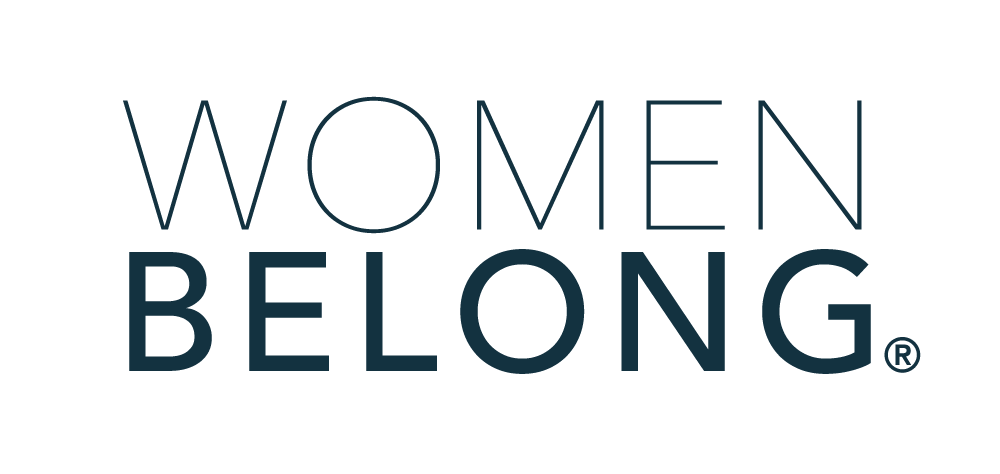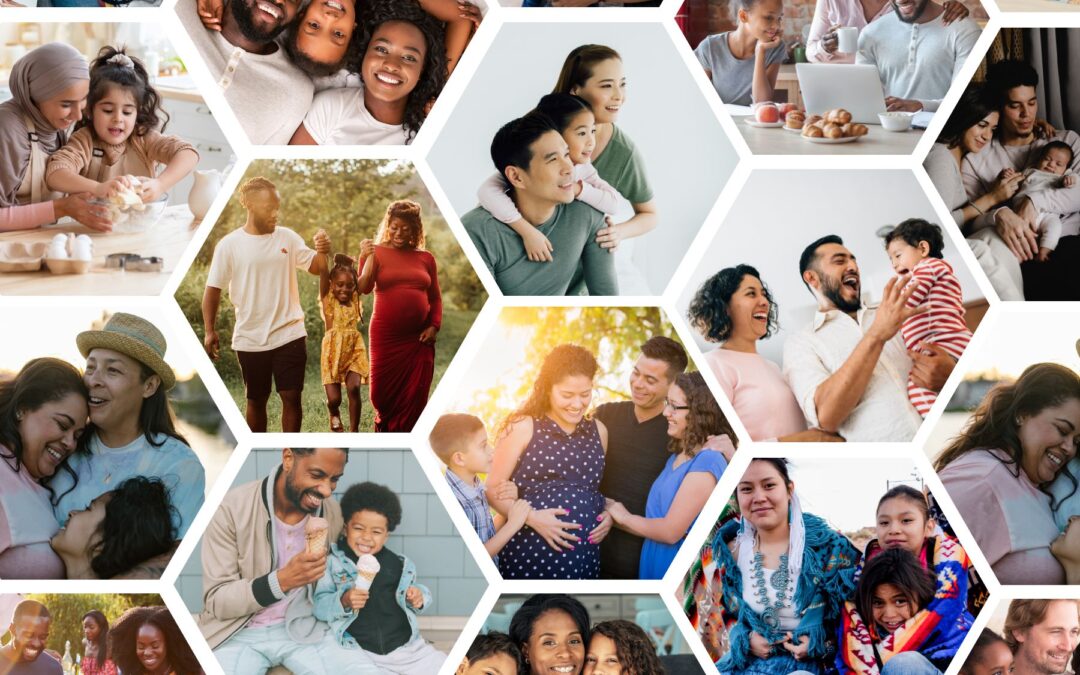The financial aftershocks of the COVID-19 pandemic, coupled with persistent wage disparities and systemic racism, continue to block wealth accumulation within the Black and Brown community. Bridging the racial wealth divide is an intricate challenge requiring multifaceted solutions. I’m here to tell you that securing ample life insurance isn’t just a safeguard for the future; it’s a critical asset for building wealth right here and now. Understanding that life insurance can serve a dual purpose—as both a death benefit and a wealth-building tool during your lifetime—is a significant milestone in this journey.
Life insurance carries a complex history in communities of color, often seen more as a means to cover funeral expenses than as an avenue for wealth creation. But I challenge you to shift this perspective.
Why Permanent Life Insurance is Your Path to Prosperity
Life insurance is not just about a payout after death; it’s a long-term investment strategy. It’s a policy that doesn’t expire and includes a cash-value component, which you can borrow against for other investment opportunities or expenses.
Need more of an explanation of Life Insurance? Check out our Insurance 101 Blog.
Historical Distrust: Healing Healthcare and Finance
The skepticism towards healthcare and financial institutions among people of color is well-founded. From disturbing medical experiments to government actions against thriving Black economic centers, this relationship has been fraught with injustice. Furthermore, racial bias persists today, even within medical schools, where nearly half of the students harbor racial stereotypes about pain perception.
The COVID-19 pandemic has unveiled the harsh disparities and healthcare injustices that have fueled mistrust between the Black and Brown communities and the medical profession. Stories of Anarcha, the Tuskegee experiment, Puerto Rican Birth Control Trials, and unauthorized sterilizations of Latina women, primarily of Mexican descent in California, serve as stark reminders of how the medical community has wronged Black and Brown patients. Shockingly, even today, the Association of American Medical Colleges reports that 40% of first- and second-year medical students endorse the false belief that melanated skin is thicker than that of white individuals. Association of American Medical Colleges
But just as distrust lingers in medical spaces, it also extends to the financial industry. We’ve witnessed Black entrepreneurial hubs and thriving Black communities reduced to rubble, replaced by white-owned businesses. The practice of redlining continues to hinder Black and Brown homebuyers, and as recently as 2022, Wells Fargo faced a lawsuit for racial discrimination in mortgage lending practices.

Wealth Creation in the Age of Pandemic
COVID-19 has thrust systemic inequalities into the spotlight, making wealth accumulation a monumental challenge. A profound understanding and effective use of life insurance can be a potent tool in closing the racial wealth gap.
Unlocking the Living Benefits of Life Insurance

I urge you to reconsider how you view life insurance. It’s not just for the deceased; it’s for the living.
1. Providing Family Security: Life insurance offers a death benefit to secure your family’s future.
2. Creating a Cash-Value Reserve for Retirement: It acts as a savings vehicle for your golden years.
3. Offering Tax-Deferred Growth: Enjoy the benefits of tax advantages as your investment grows.
Shattering Misconceptions and Seizing Opportunities
While previous generations in the Black community recognized the value of life insurance, many policies lapsed or were underutilized due to a lack of understanding. The persistent notion that life insurance is solely for “final expenses” needs to be rewritten.
Rapper-entrepreneur Waka Flocka paints a different picture. He discusses how he has harnessed life insurance as an “infinity bank account.” The potential for transformative wealth creation is immense, especially if more people grasp the utility of life insurance as an investment tool.
Rapper and Businessman Master P even discusses leveraging life insurance as a literal bulletproof vest. Imagine if every Black and Brown person acquired a life insurance policy—how quickly would insurance lobbyists race (not walk) to Congress to demand changes in gun control laws and policing practices?
A Practical Guide to Harnessing the Power of Life Insurance
Financial stability can be threatened by the loss of even a single income, underscoring the importance of planning for contingencies.
Policy Blending: Life insurance comes in two primary types: term and permanent. I recommend a blend of both, especially for communities with limited avenues for wealth creation.
Converting Policies: For those with term policies, consider converting them to permanent ones to prepare for retirement. This strategy secures your insurability status, ensuring better rates even if your health deteriorates.
Seeking Professional Guidance: Despite the scarcity of Black and Brown Certified Financial Planners, finding a trustworthy financial advisor is crucial.

The path to closing the racial wealth gap is challenging, but tools like life insurance can make it more achievable. It’s time to reframe the conversation around life insurance, seeing it not as a harbinger of death but as a strategy for prosperous, intergenerational living.
If you’d like to explore this further or need a quote, feel free to reach out to me at info@insurepros.net. Let’s have a conversation over a virtual or in-person coffee.















































 Women Belong Progressive Networking Lunch - Chicago
Women Belong Progressive Networking Lunch - Chicago Women Belong Book Club
Women Belong Book Club The Power of Books in Branding
The Power of Books in Branding Connections - ZOOM Networking Event
Connections - ZOOM Networking Event Introductions - Members Only
Introductions - Members Only